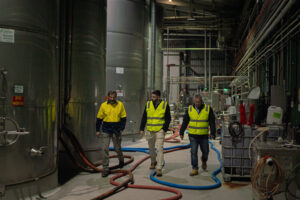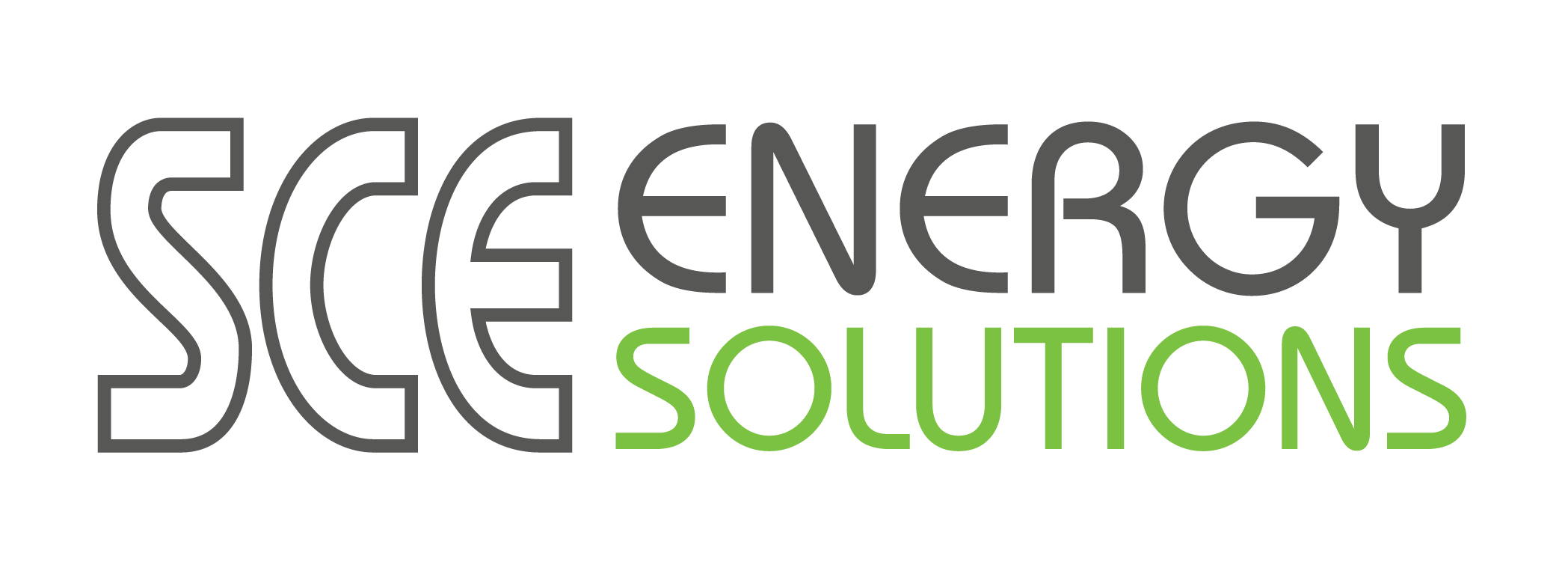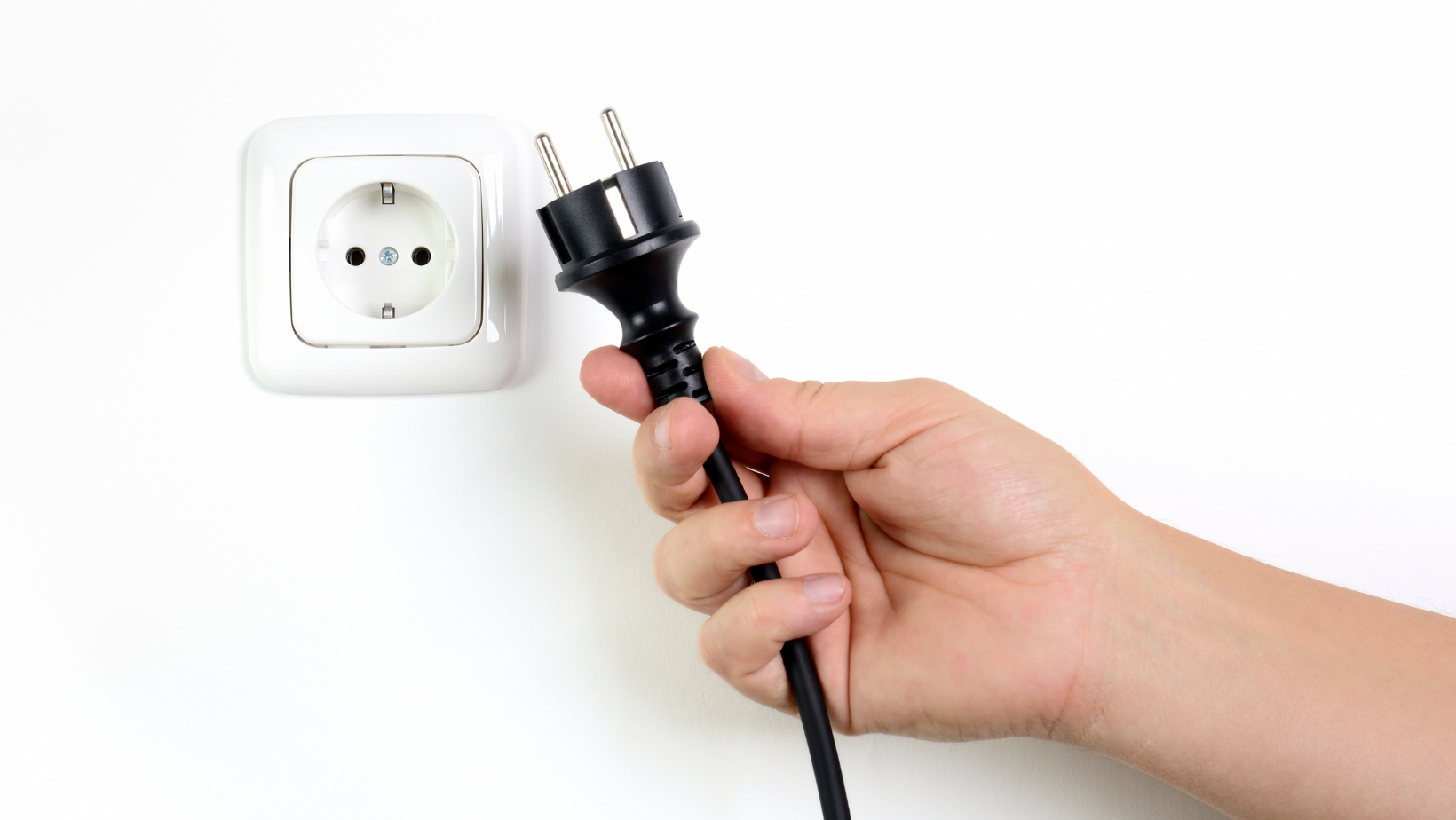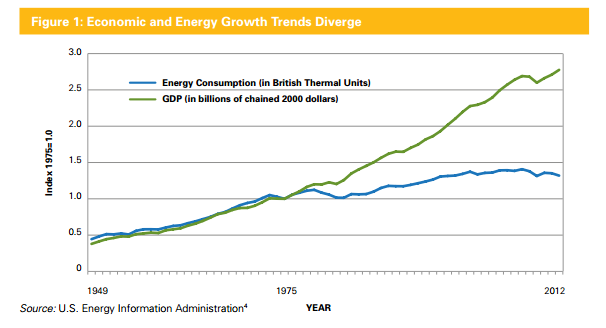SCE Energy Solutions installs the largest Tigo Energy optimised rooftop solar at De Bortoli Wines in Bilbul NSW.
De Bortoli Wines is Australia’s 6th largest overall and second largest family winery located 6.5 hours west of Sydney in Bilbul. The installation involved the installation of solar to three main switchboards (MSBs) on multiple roofs throughout the site.
Before working with SCE Energy Solutions and Tigo Energy, they had installed 250kW almost a decade ago and had firsthand experience of the issues associated with Legacy solar, fault finding, etc. like all wineries they also suffer from a mould that attaches to the rooflines and subsequently to the solar panels.
Before starting the project we had many issues with roof structure integrity and available roofs near the correct MSB. New build purlin spacing caught us out with mounting engineering having to be completed on the run seeing 500+ panels requiring three rail installations and the tilted panels to the new sheds needing a tripod tilt system in place of standard tilt legs.
The largest part of the system on the new twin sheds showed us ample space to install the array with no power cables to the MSBs. We had to run 3.1km of large 150mm cables underground, overhead and along buildings back to two separate MSBs in two different locations to complete the inverter connections.
De Bortoli is a forward-thinking company that adopts early technologies that assist with achieving its 10% energy reduction target each year. They have been looking to increase their existing 250kW system for some time although now was the correct time to install a solar system to cover their site baseline given the recent large increases in energy costs. The new solar system will cover 30-35% of their total energy usage and when in full generation will see the three MSBs the solar is connected to powered completely from the sun.

Having Tigo optimisation and monitoring will enable the highest PV system output. Optimization will allow them to mitigate string performance through individual panels being affected worse than others and the monitoring will allow them to see when panels are in need of a wash. The safety of rapid shutdown and the PV off buttons at every inverter station also gave them peace of mind when installing to most of their buildings and for servicing.
Tigo Energy Intelligence enables SCE Energy Solutions to view site performance down to each individual module. In addition, SCE and customers view the incremental energy production enabled by Tigo optimisers, shown in the stacked green bars.






